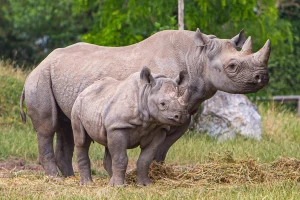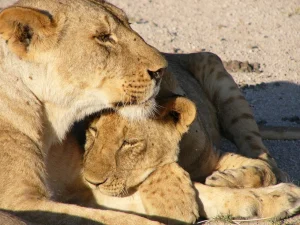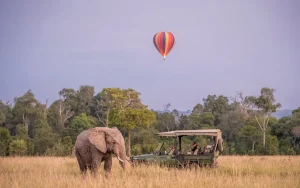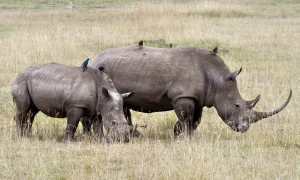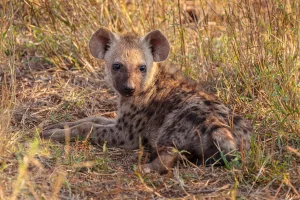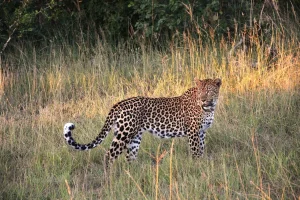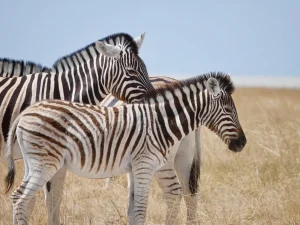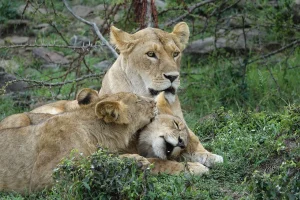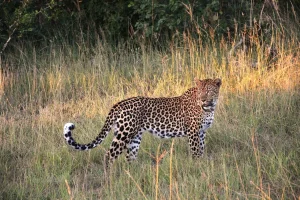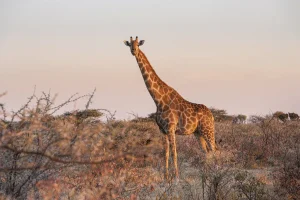Unveiling the Wonders of the Nairobi National Park Ecosystem
Nairobi National Park, a truly special protected area bordering Kenya’s vibrant capital, presents a remarkable African savanna ecosystem. This unique park teems with diverse wildlife found in Nairobi National Park and plays a vital role in regional biodiversity protection Nairobi. Despite its close proximity to a major city, it acts as a crucial dry season animal refuge near Nairobi for numerous species. In this article, we will look at the Nairobi National Park ecosystem to enable you to understand this park better.
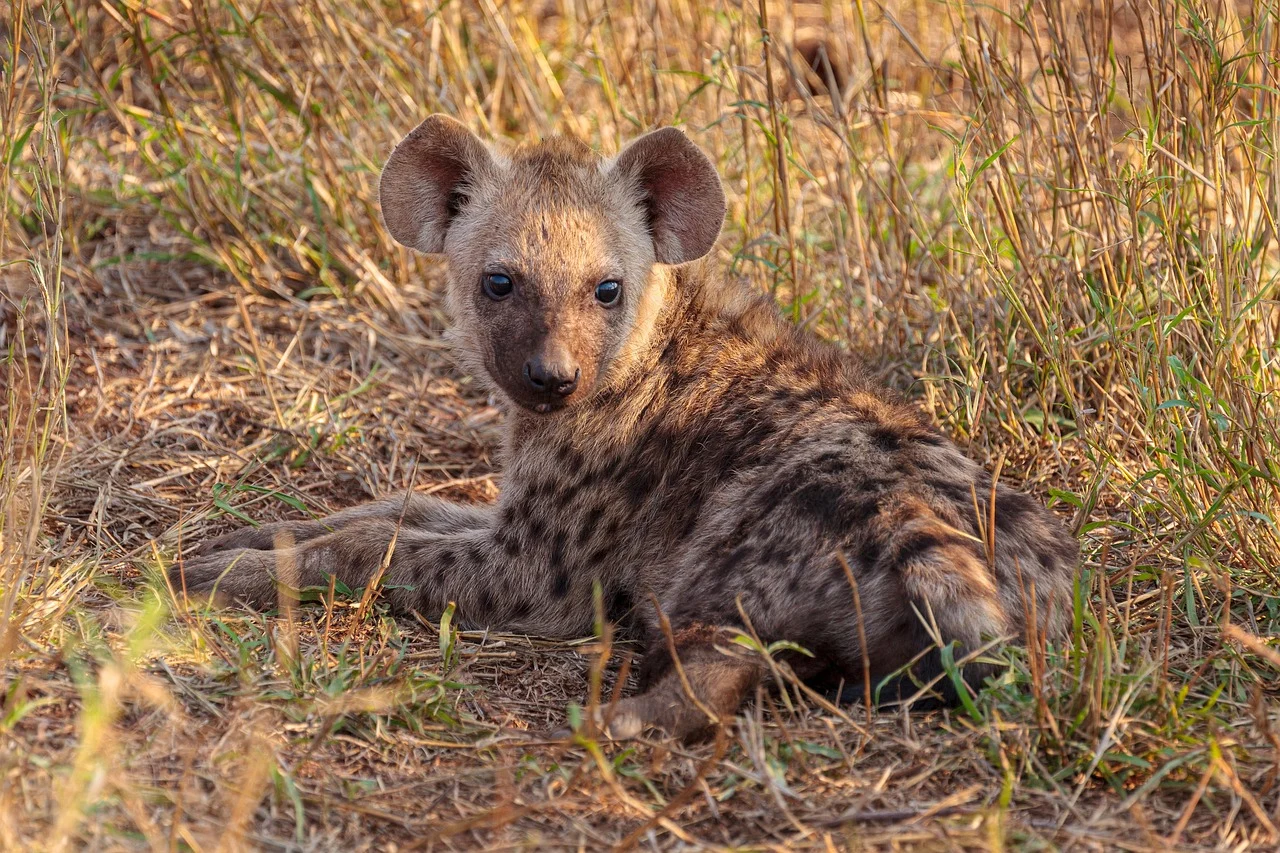
Diverse Habitats Supporting Abundant Life
The ecological wealth of the park arises from its varied natural environments within Nairobi National Park. During a visit, our professional English-speaking safari guide is able to identify and showcase to you the following areas:
- Vast Grasslands: These open plains support large groups of grazing animals like zebras and wildebeests, essential for the natural herbivore migration patterns near Nairobi.
- Acacia Woodlands: Scattered acacia trees offer shade and sustenance for a variety of animals and birds.
- Riverside Forests: Lush forests along the Mbagathi River provide shelter and resources for distinct plant and animal communities.
- Dry Highland Forests: Patches of drier forests on higher elevations contribute to the diverse types of vegetation in Nairobi National Park.
- Wetlands and Dams: These water sources are critical for the survival of many animals, especially during dry spells.
- Rocky Areas and Gorges: These rugged landscapes offer unique microclimates and safe havens for certain species.
A Sanctuary for Amazing Wildlife
Nairobi National Park is famous for its impressive collection of mammals inhabiting Nairobi National Park. You can rest assured of spotting a majority of the wildlife when you book AjKenyaSafaris.com’s half-day tour of Nairobi National Park.
- Important Rhino Sanctuary: The park serves as a vital sanctuary for the critically endangered black rhino, with significant efforts dedicated to their protection. You can learn more about efforts to conserve rhinos in Kenya through organizations like Save the Rhinos.
- Large Predators: Lions, leopards, cheetahs, and hyenas roam freely, playing their essential roles in the natural relationships between predators and prey in Nairobi. The best time to catch the predators in action is early morning between 6 am to 9 am or late afternoon between 4 pm to 6 pm.
- Numerous Grazing Animals: Giraffes, buffaloes, various types of antelopes, and zebras are commonly seen, contributing to the lively wildlife dispersal corridors around Nairobi.
- Varied Birdlife: With over 400 recorded bird species in Nairobi National Park (both local and migrating), it’s a fantastic location for birdwatching. With the help of a professional safari guide who understands birds, you can easily spot most of these birds at the park.
Ecological Significance and Current Challenges
The Nairobi National Park environment is closely connected to the broader Athi-Kapiti plains ecosystem, acting as a vital area for wildlife movement. However, the park faces considerable environmental issues in Nairobi National Park, mainly due to the effects of city growth on Nairobi National Park. Encroachment, pollution, and conflicts between humans and wildlife near Nairobi present ongoing threats to its delicate ecological balance. Understanding these challenges highlights the importance of protecting Nairobi National Park.
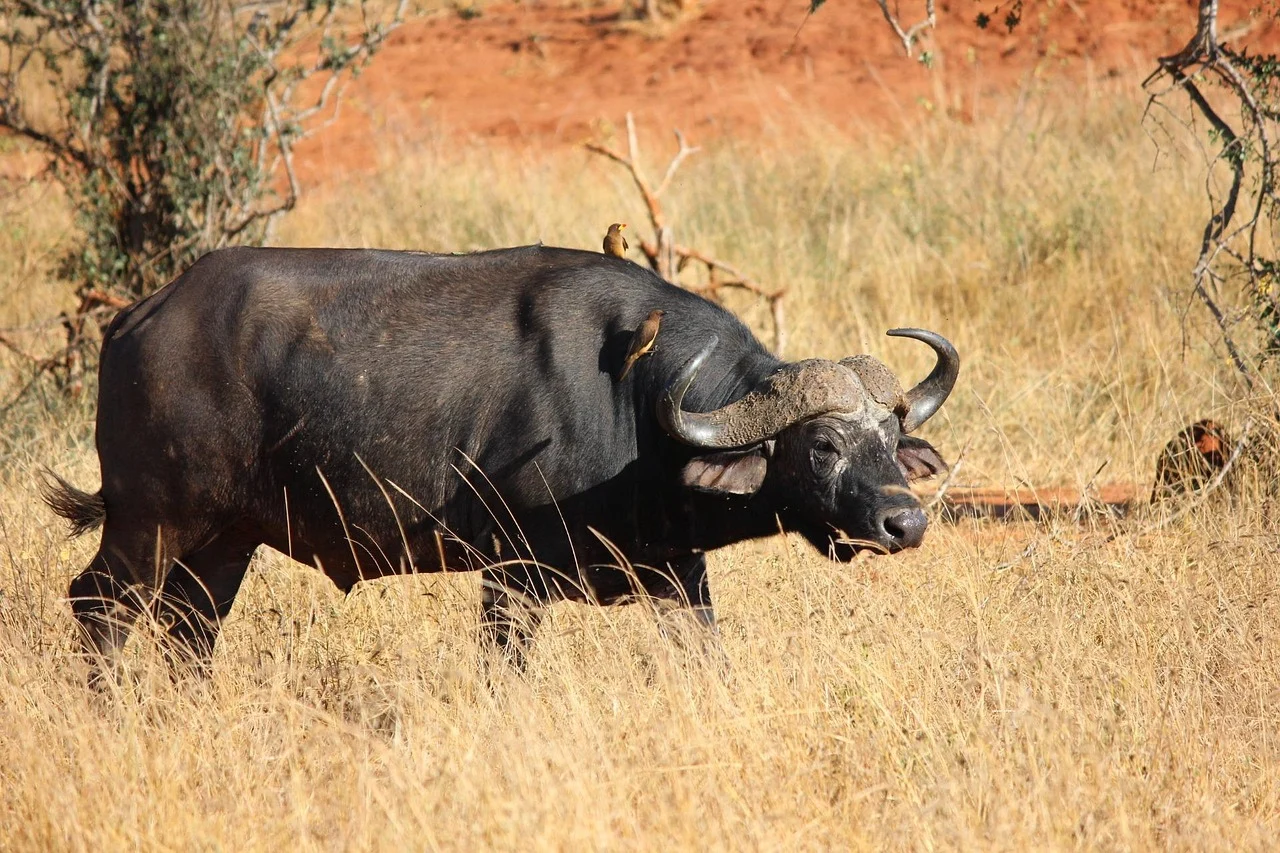
Planning Your Visit to the Park
Visiting Nairobi National Park offers a wonderful chance to see African wildlife up close. The best times to visit Nairobi National Park are generally during the drier months (June to September and January to February) for the best wildlife viewing opportunities. You can enjoy exciting game drives in Nairobi National Park and explore the park’s diverse scenery. Information about Nairobi National Park entrance fees and places to stay near Nairobi National Park can easily be found online. Experience the thrill of Kenyan wildlife safaris starting just outside the city. You can also contact our team to book a tour of Nairobi National Park.
Conservation Initiatives for the Future
Dedicated efforts to protect Nairobi National Park are essential for the long-term survival of this crucial ecosystem. Various organizations and government bodies work tirelessly to safeguard the animals living in Nairobi National Park, reduce threats, and increase awareness about its ecological value. Supporting these initiatives helps ensure that future generations can appreciate the wonders of this unique national park located near a city. You can explore the conservation work being done by the Kenya Wildlife Service.
Nairobi National Park stands as a remarkable example of how wildlife and urban development can exist in close proximity. Its rich biodiversity and ecological importance make it a natural treasure that deserves our continued protection and appreciation.

